How to Make DnB Drums Shuffle: A Comprehensive Guide
In this blog, we will explore how to make DnB drums shuffle effectively, utilizing innovative plugins and techniques. From understanding the basics to advanced mixing strategies, this guide aims to enhance your drum and bass production skills.
🎶 Introduction to DnB Drums
Drum and Bass (DnB) music is a vibrant genre that thrives on rhythm and energy. At the heart of this genre lies the drum patterns, which are crucial for creating that signature groove. Understanding the intricacies of DnB drums is essential for any producer looking to master this style. The foundation of DnB lies in its fast-paced breakbeats, typically ranging from 160 to 180 BPM, and characterized by heavy basslines and syncopated rhythms.
To truly grasp how to make DnB drums shuffle, one must dive deep into the various components that make up these beats. From the classic breakbeats to modern electronic influences, each element plays a vital role in shaping the overall sound. In this section, we will explore the foundational aspects of DnB drums, including the types of breaks commonly used and how they contribute to the genre's unique feel.
Types of Drum Breaks
- Amen Break: This iconic break has been a staple in DnB music since the genre's inception. Its rapid snare hits and rolling hi-hats create a dynamic foundation.
- Apache Break: Known for its funky groove, the Apache break adds a layer of swing that is essential for creating a danceable rhythm.
- Think Break: This break features a unique combination of kick and snare patterns, giving producers a versatile option for layering and manipulation.
Creating the DnB Groove
To achieve that signature shuffle in your DnB tracks, it's essential to experiment with the timing and placement of your drum hits. This can involve shifting certain elements slightly off the grid to create a more human feel. By doing so, you can introduce a level of groove that makes your track feel alive and engaging. Layering different drum sounds can also contribute to this effect, adding texture and depth to your beats.
🎵 The Importance of Groove in DnB
Groove is the lifeblood of any DnB track. It’s what keeps listeners moving and engaged. A well-crafted groove can make the difference between a track that feels flat and one that resonates with energy. In DnB, the interplay between the kick, snare, and hi-hat is crucial for establishing a compelling rhythm.
When constructing your beat, consider how each element interacts with one another. The kick should provide a solid foundation, while the snare adds accents that drive the rhythm forward. Hi-hats and other percussion elements should fill in the spaces, creating a sense of movement and flow. This balance is essential for achieving that infectious groove that DnB is known for.
Techniques to Enhance Groove
- Swing Settings: Utilize swing settings in your DAW to create a more laid-back feel. This can help to humanize your drum patterns and make them feel less robotic.
- Ghost Notes: Incorporate ghost notes on the snare or hi-hat to add subtle variations and dynamics to your groove.
- Dynamic Layering: Layer different drum sounds with varying velocities to create a more organic feel. This can help to emphasize certain hits and create a richer sound.
🔊 Finding the Right Sounds
Choosing the right drum sounds is pivotal in crafting authentic DnB tracks. The right samples can elevate your production, making it stand out in a crowded genre. Start by exploring various sample packs that focus on DnB, as these often contain high-quality, genre-specific sounds.
Consider using a combination of classic breaks and modern samples to create a unique sound palette. Layering different kicks, snares, and hi-hats can also provide depth and complexity to your beats. Don’t shy away from experimenting with effects and processing to shape your sounds. Reverb, delay, and distortion can all add interesting textures that enhance your overall mix.
Essential Sound Sources
- Sample Packs: Invest in high-quality sample packs designed for DnB to ensure you have access to the best sounds.
- Drum Machines: Consider using drum machines or software like Battery or Maschine for creating custom drum sounds.
- Field Recordings: Incorporate unique sounds from field recordings to add an organic touch to your beats.
🎤 Introducing Snapback by Cableguys
One of the most exciting tools for DnB producers is the Snapback plugin by Cableguys. This innovative plugin streamlines the process of enhancing drum hits, allowing for quick adjustments that can significantly impact the groove of your track. With Snapback, you can easily layer additional sounds over your existing drum patterns, adding depth and complexity without the hassle of manual editing.
What sets Snapback apart is its user-friendly interface and powerful features. It allows you to automate effects and manipulate sounds in real-time, making it an invaluable tool for any producer looking to enhance their DnB tracks. By utilizing Snapback, you can create that infectious shuffle that keeps listeners coming back for more.
Key Features of Snapback
- Real-time Sound Manipulation: Adjust sounds on the fly, allowing for quick experimentation and creativity.
- Layering Capabilities: Easily layer additional sounds to create more complex drum patterns.
- Visual Feedback: Provides visual cues that help you understand how your sounds interact with one another.
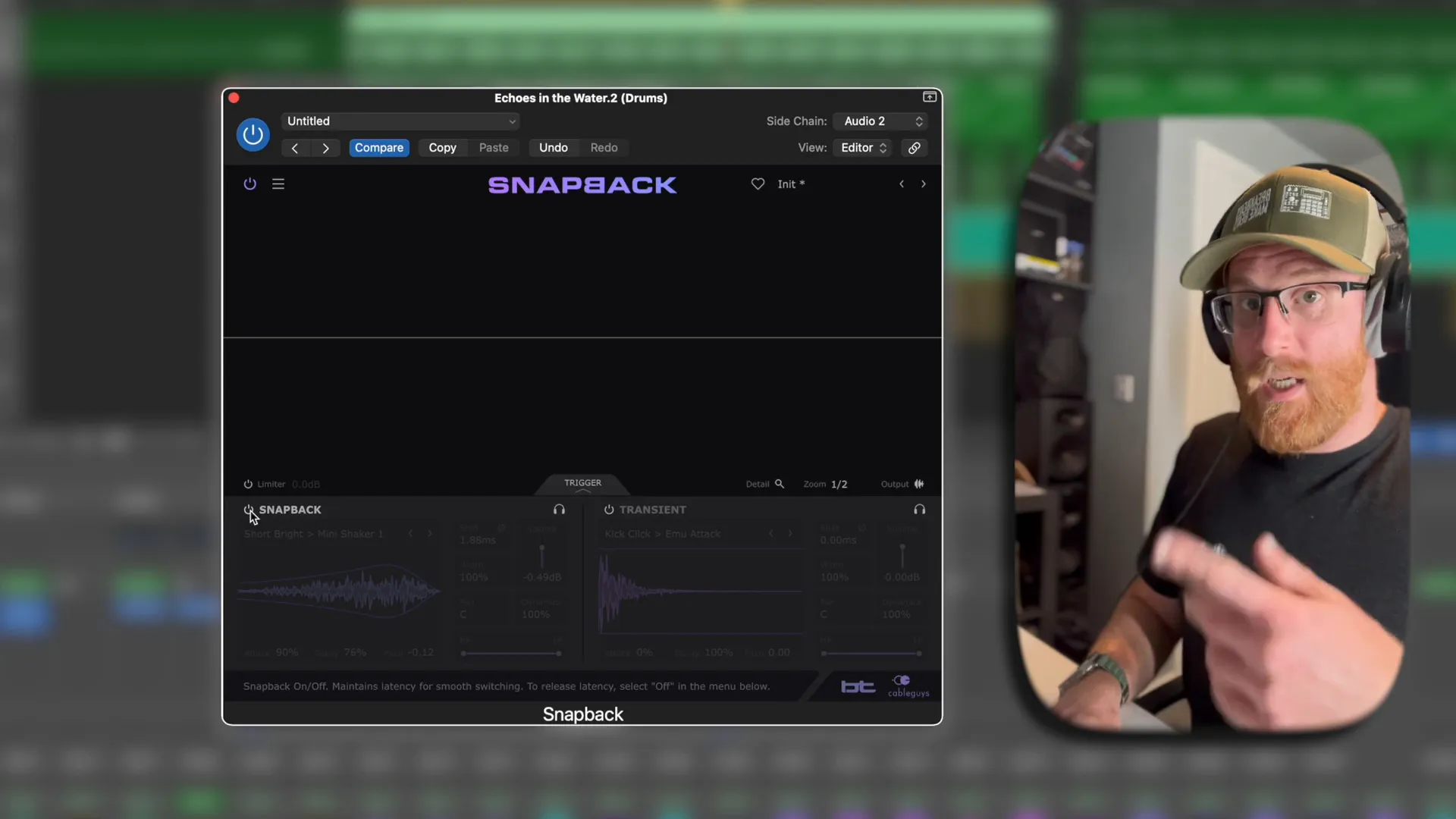
🔧 Layering Techniques for Enhanced Impact
Layering is a powerful technique in DnB production that can add richness and complexity to your drum sounds. By combining different samples, you can create a more impactful and dynamic sound. The key to effective layering is ensuring that your selected sounds complement each other rather than clash.
Start by choosing a primary drum sound, such as a kick or snare. From there, select additional samples that can enhance the character of the primary sound. For example, layering a punchy kick with a low-end sub-bass kick can create a more powerful foundation. Similarly, pairing a crisp snare with a clap can add depth and texture.
Tips for Effective Layering
- Frequency Separation: Ensure that each layer occupies its own frequency space to avoid muddiness in the mix.
- Volume Balancing: Adjust the volume levels of each layer to create a cohesive sound. The primary sound should be prominent, while additional layers should support it.
- EQ and Compression: Use EQ to carve out space for each sound and apply compression to glue the layers together.
⚙️ Adjusting Attack and Decay Parameters
The attack and decay parameters of your drum sounds play a crucial role in shaping the overall feel of your track. By manipulating these settings, you can create a more dynamic and engaging rhythm. For instance, a fast attack time on a snare can create a sharp, punchy sound, while a longer decay can add sustain and depth.
Experiment with different attack and decay settings to find the sweet spot for your DnB drums. A well-timed attack can enhance the groove, while an appropriate decay can ensure that your sounds blend seamlessly into the mix.
Practical Applications
- Kick Drums: A fast attack time can help the kick punch through the mix, while a controlled decay can prevent it from overwhelming other elements.
- Snares: Adjusting the attack can create a more pronounced snare hit, while the decay can add character and texture.
- Hi-hats: Use shorter decay times to create crisp, tight hi-hats that complement your groove.
🪄 Utilizing the Trigger Window
The Trigger Window in Snapback is an essential feature that allows producers to control when and how their sounds are triggered. By adjusting the settings in this window, you can fine-tune the timing of your additional sounds, ensuring that they align perfectly with your drum patterns.
This feature is particularly useful for creating intricate rhythms and fills. By setting specific trigger points, you can introduce variations that keep your track interesting and engaging. Experiment with different trigger settings to discover new rhythmic possibilities for your DnB productions.
Exploring Trigger Settings
- Threshold Levels: Adjust the threshold to determine how sensitive the trigger is to incoming signals.
- Trigger Types: Explore different trigger types to find the one that suits your production style best.
- Visual Feedback: Use the visual indicators to understand how your triggers interact with the rest of your drum pattern.
🔊 Adding Transients for Extra Punch
Adding transients to your drum hits is a game-changer in achieving that punchy DnB sound. Transients are the initial peaks of sound that can give your drums a distinct bite. By enhancing these transients, you can make your kicks and snares stand out, creating a more dynamic and engaging rhythm.
To effectively add transients, consider using a transient shaper or an expander. These tools allow you to boost the attack of your drum sounds without affecting the overall volume. For instance, by applying a transient shaper to your kick drum, you can make it cut through the mix more effectively, resulting in a punchier sound.
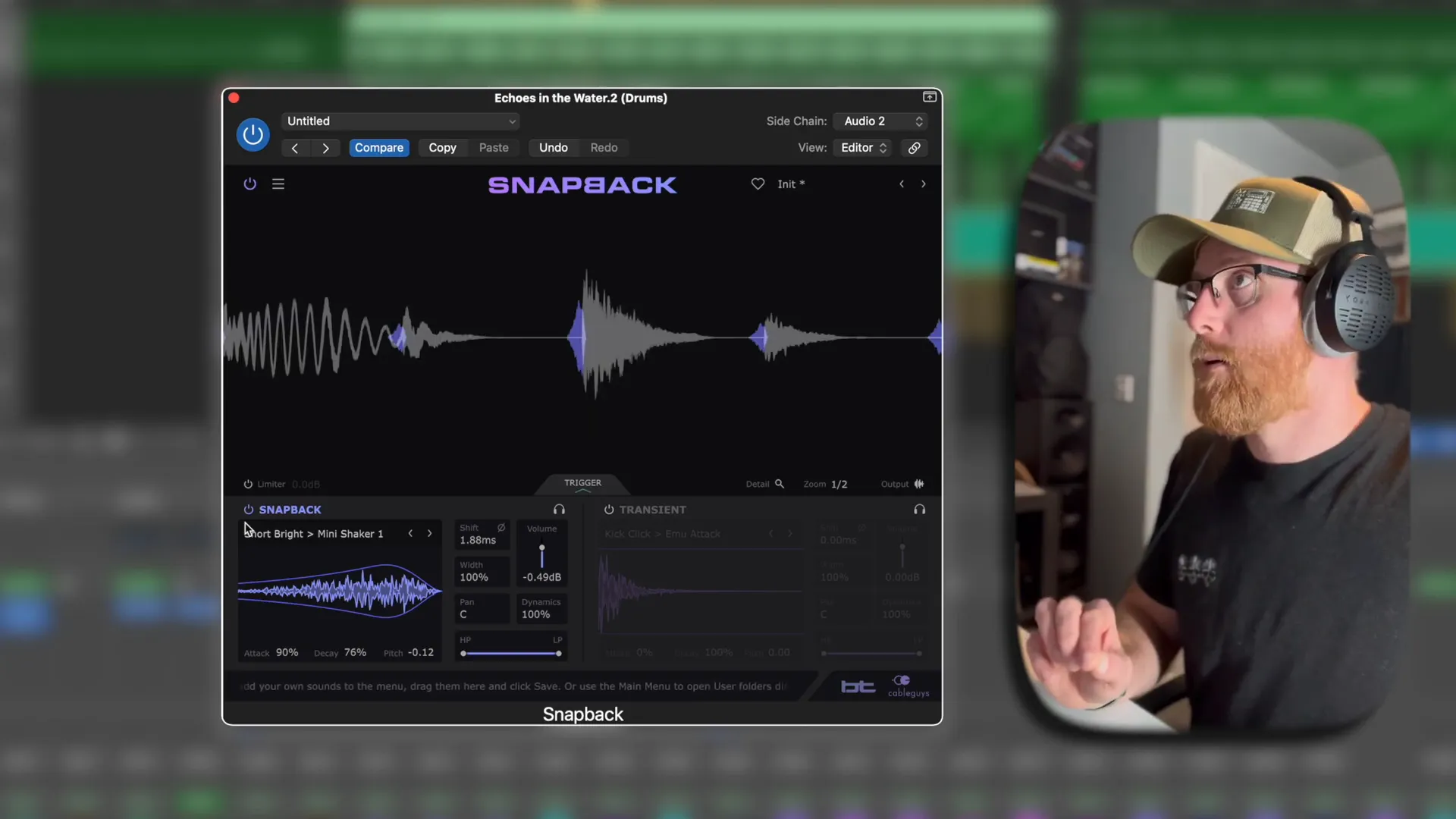
Experiment with different settings to find the right balance for your track. A common approach is to increase the attack slightly while keeping the sustain at a moderate level. This ensures that your drums maintain their body while gaining the necessary punch.
Practical Techniques for Transient Enhancement
- Layering Sounds: Combine multiple drum sounds to create a fuller transient. For instance, layering a punchy kick with a low-end thump can enhance the perceived impact.
- EQ Adjustments: Use EQ to carve out space for your transients. Cutting unnecessary low frequencies can help your drums pop more.
- Compression: Apply light compression to tighten up the sound and enhance the transients. Be cautious not to over-compress, as this can lead to a loss of dynamics.
🎧 Creating Custom Sounds
Creating custom sounds is essential for developing your unique DnB style. By designing your own samples, you can ensure that your tracks stand out in a crowded genre. Start by exploring synthesizers or sample manipulation techniques to craft unique drum sounds.
For instance, using a synthesizer like Serum allows you to shape the sound from the ground up. Begin with a basic waveform, then tweak parameters such as pitch, filter, and modulation to create a kick or snare that fits your track perfectly. Don't forget to experiment with layering different sounds for added complexity.
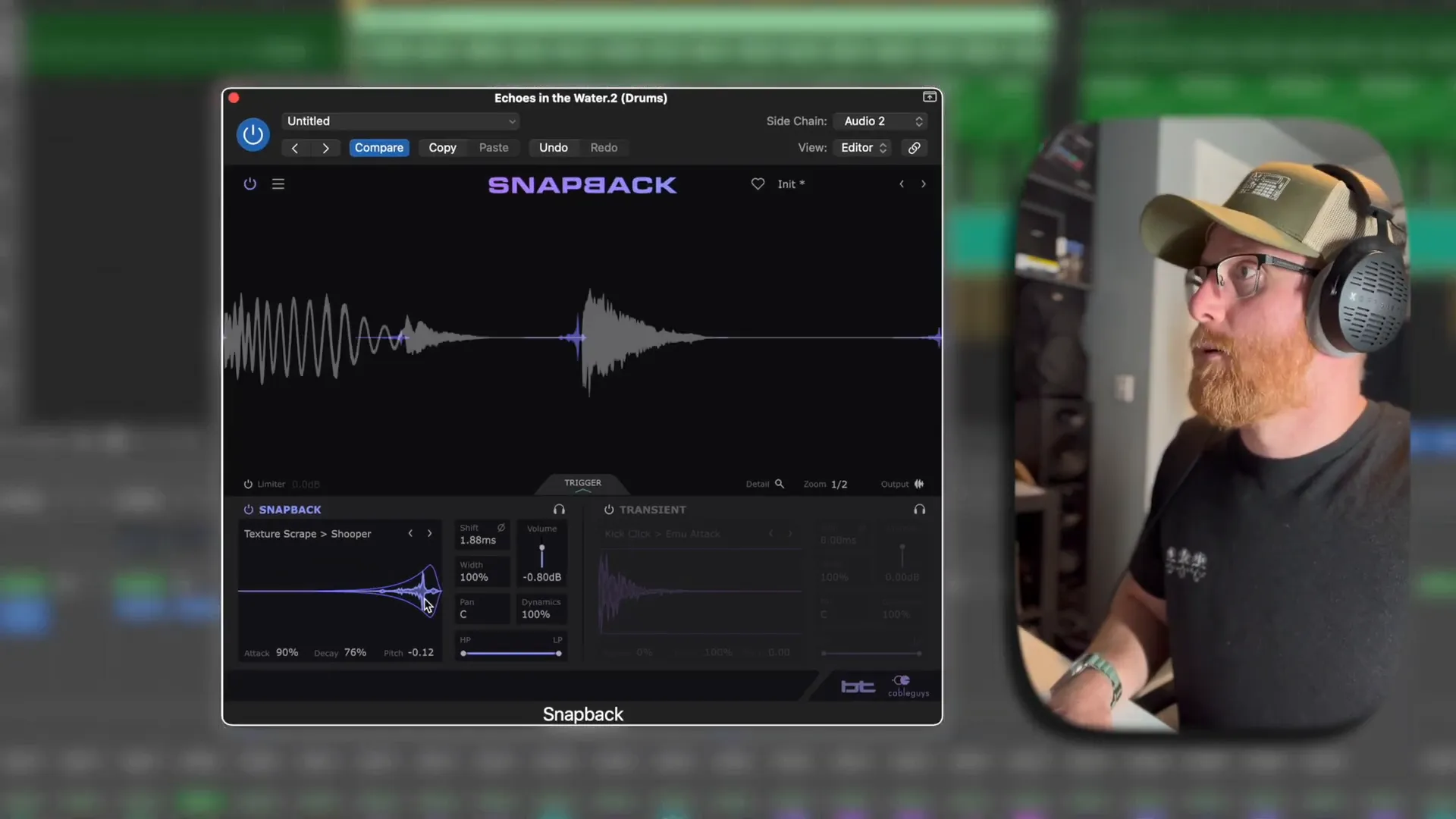
Another effective method is to manipulate existing samples. Chop, stretch, and pitch-shift samples to create entirely new sounds. This approach can yield surprising results and lead to innovative drum patterns.
Tips for Custom Sound Creation
- Experiment with Effects: Use effects like reverb, delay, and distortion to add character to your sounds. A little distortion can add warmth to a kick, while reverb can create space in snares.
- Record Your Own Samples: Capture unique sounds from everyday objects or instruments. These can provide interesting textures that set your tracks apart.
- Utilize Sound Design Plugins: Plugins like iZotope's Iris or Native Instruments' Kontakt can help you create complex sounds by layering and manipulating samples.
🎶 Using White Noise for Shaker Effects
White noise can be an excellent addition to your DnB tracks, particularly for creating shaker effects. It adds a layer of texture and can help fill out the high frequencies, making your mix feel fuller. To implement white noise effectively, consider using a noise generator or a synthesizer that allows you to create noise.
For instance, in a DAW like Logic Pro, you can use the Alchemy synth to generate white noise. Set the oscillator to noise, and adjust the filter to shape the sound. Applying a gate can help you control the rhythm and dynamics of the noise, allowing it to complement your drum patterns.
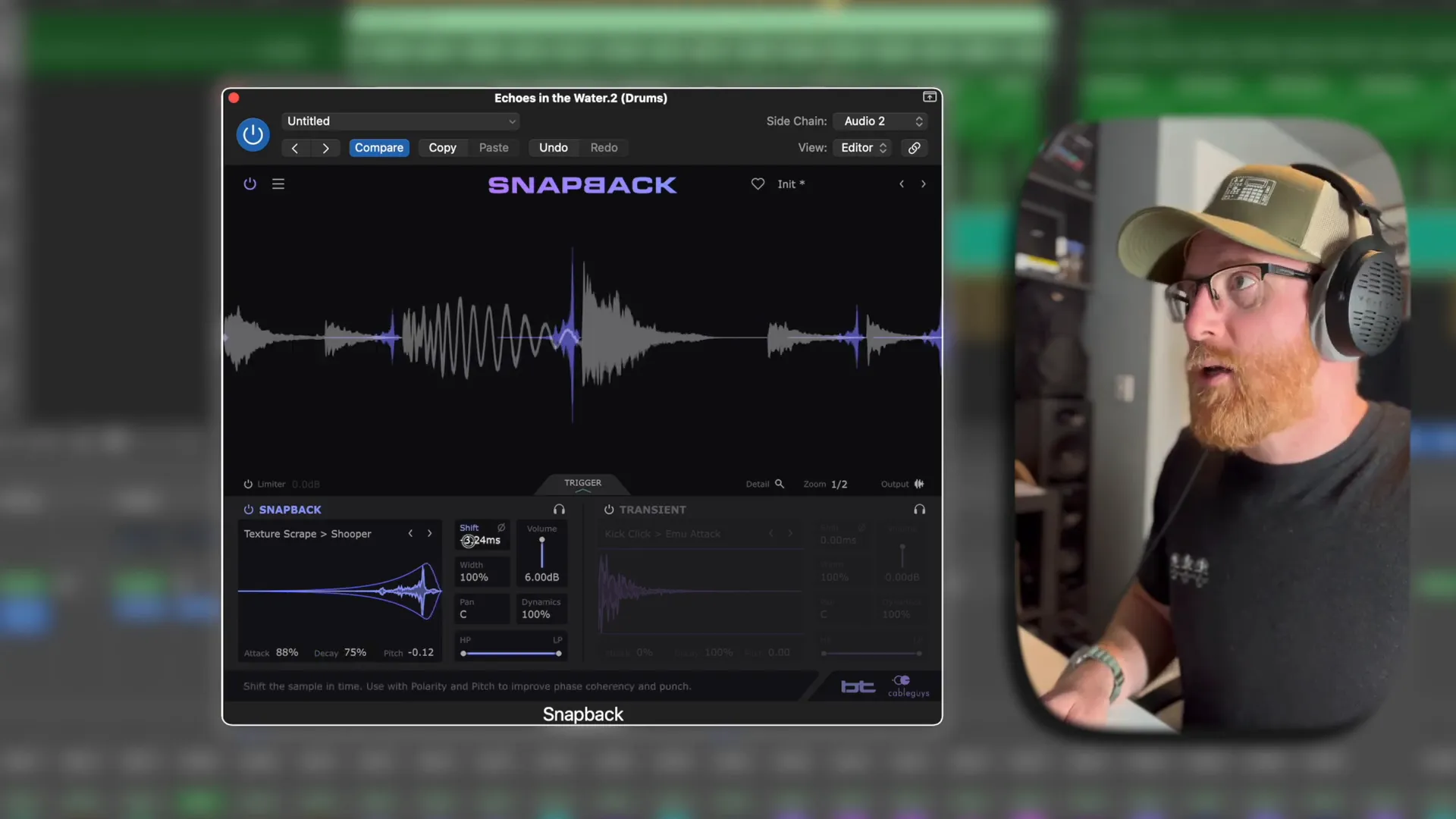
When using white noise, it's essential to balance it within the mix. Too much can overwhelm other elements, while too little may not provide the desired effect. Aim for a subtle presence that enhances the groove without taking center stage.
Creating Effective White Noise Shakers
- Filter Settings: Use a high-pass filter to remove low frequencies, allowing the white noise to occupy the higher spectrum without clashing with the kick and bass.
- ADSR Controls: Adjust the attack, decay, sustain, and release settings to shape the noise. A quick attack and decay can create a tight shaker sound.
- Sidechain Compression: Utilize sidechain compression to make the noise "duck" in response to your kick drum, creating a rhythmic pumping effect.
🎼 Bringing It All Together
Once you have your transients, custom sounds, and white noise in place, it's time to bring everything together. The key to a cohesive DnB track lies in how well these elements interact. Start by layering your sounds and adjusting their levels to create a balanced mix.
Utilize your DAW's mixing tools to fine-tune each element. Pay attention to panning, EQ, and compression to ensure that each sound occupies its own space in the mix. The goal is to create a polished and professional sound that captures the energy of DnB.
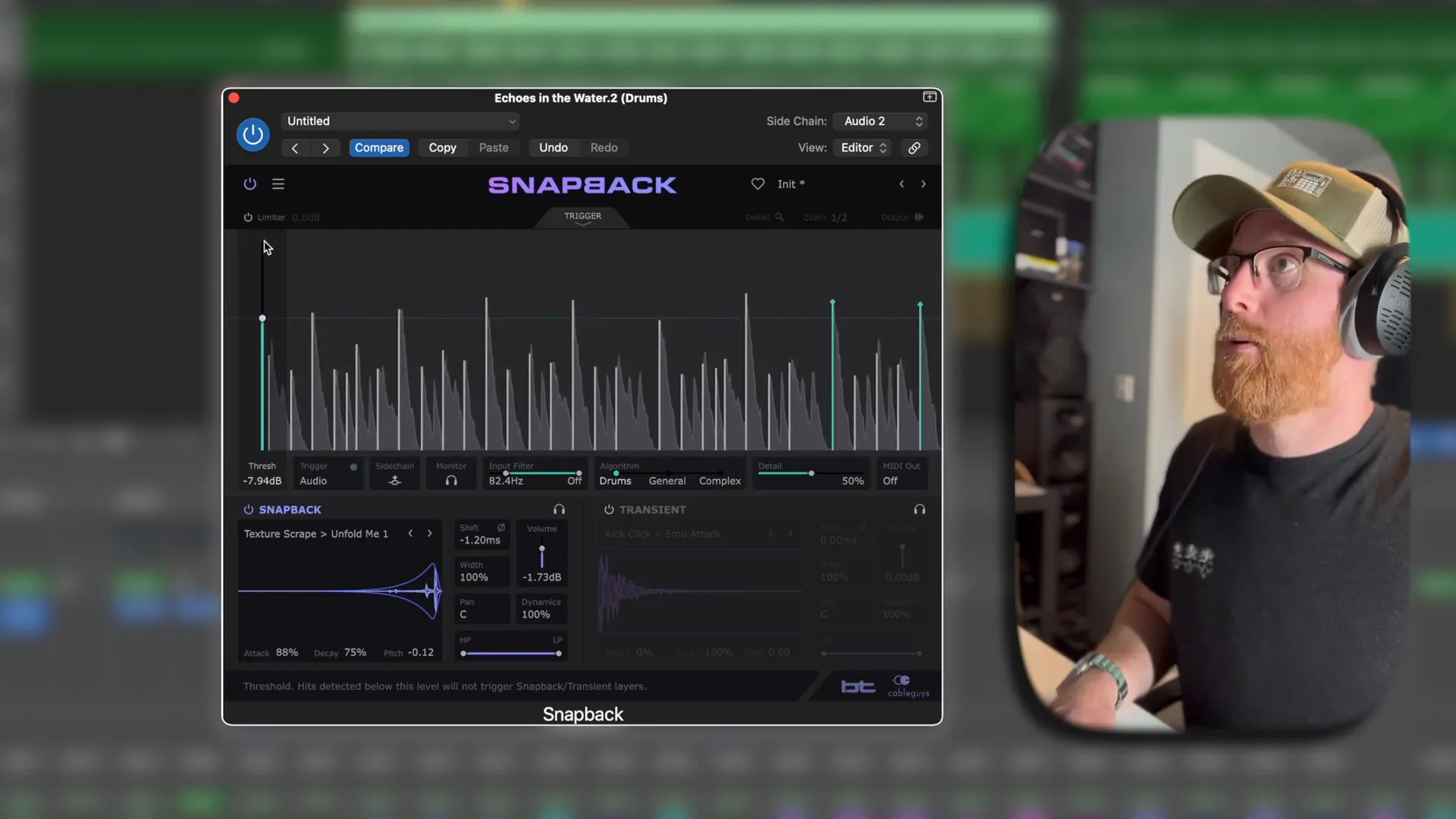
Don't be afraid to experiment with different arrangements and effects. The beauty of DnB lies in its diversity, so allow your creativity to flow. Whether it's adding subtle variations in rhythm or incorporating unexpected sounds, every decision contributes to the final product.
💡 Final Thoughts and Recommendations
Mastering the art of making DnB drums shuffle requires practice and experimentation. Embrace the techniques discussed in this guide, and don't hesitate to explore new methods. The world of music production is vast, and every producer has a unique journey.
Remember, the keyphrase "how to make DnB drums shuffle" is not just about the technical aspects—it's about finding your style and voice as a producer. Continuously seek inspiration, learn from others, and refine your skills.
For additional resources, check out our other blogs on music production, including mastering techniques and creating liquid DnB drums.
❓ FAQ
What are the best plugins for creating DnB drums?
Some popular plugins include Snapback by Cableguys, Serum for sound design, and various transient shapers. Experiment with different tools to find what works best for you.
How can I make my DnB drums sound more unique?
Try layering custom sounds, using field recordings, and manipulating samples. Don't hesitate to explore unconventional techniques to create something fresh.
What is the ideal tempo for DnB tracks?
DnB tracks typically range from 160 to 180 BPM. However, feel free to experiment with tempos outside this range to find what suits your style.
Comments
Post a Comment